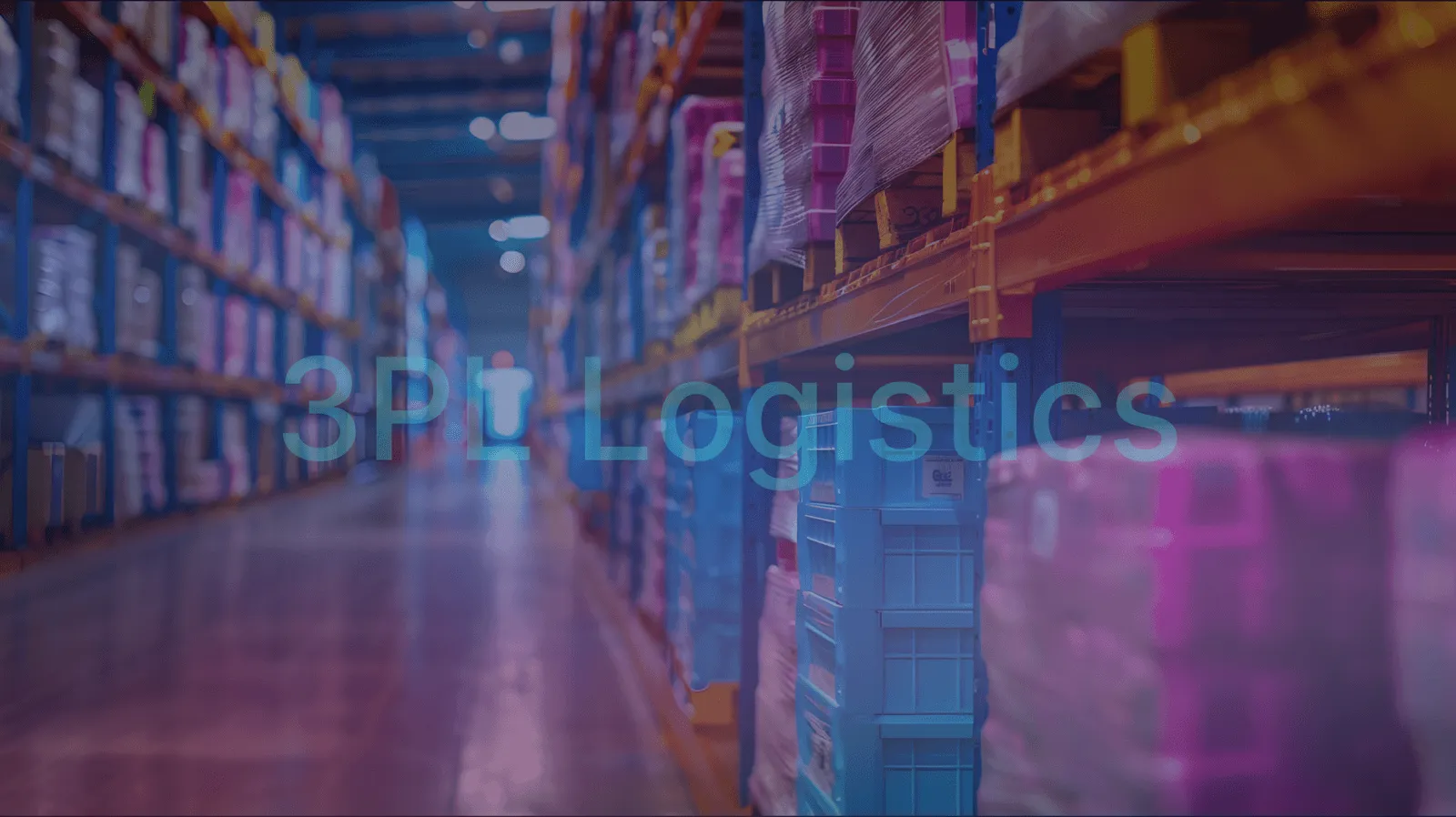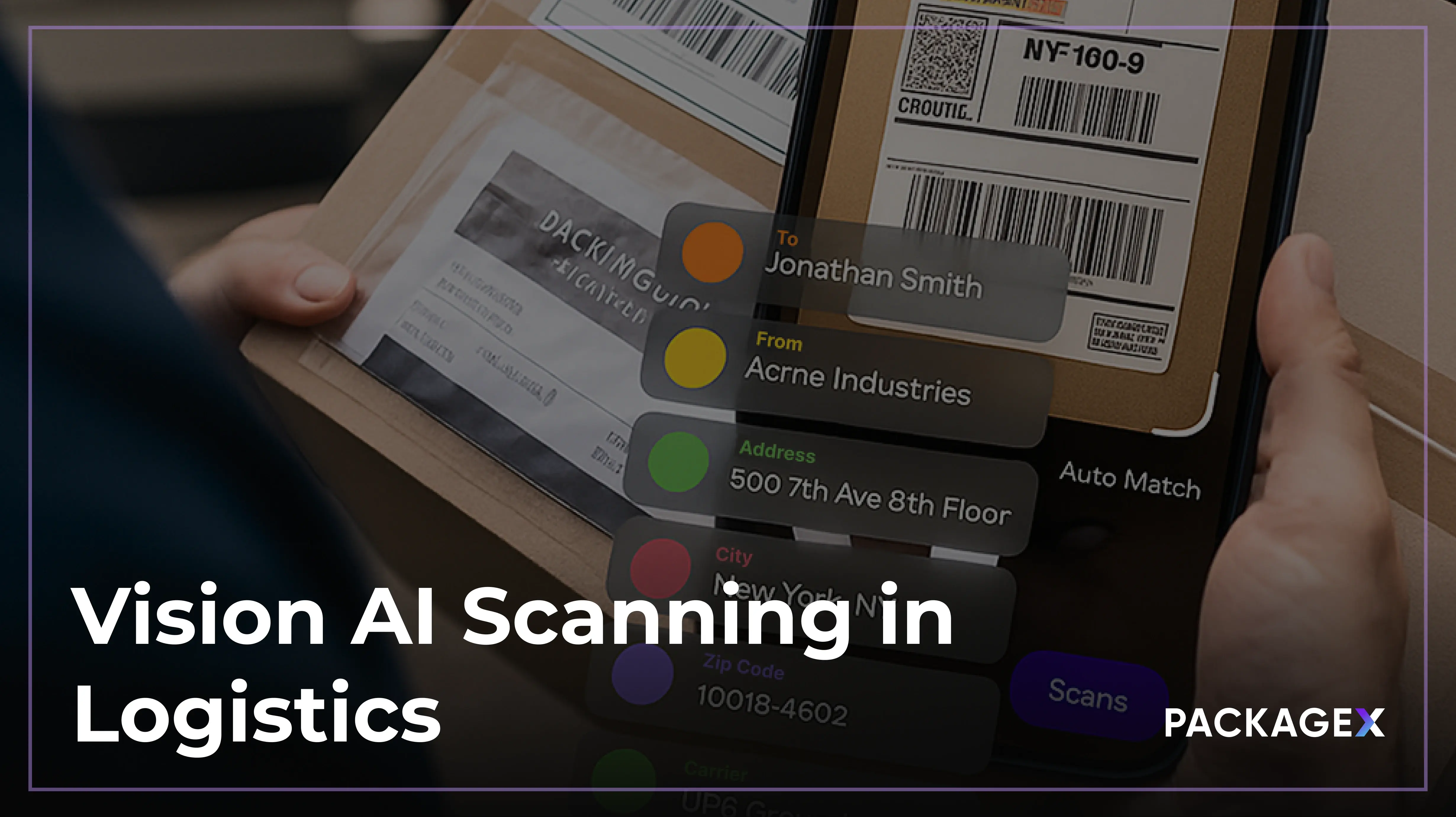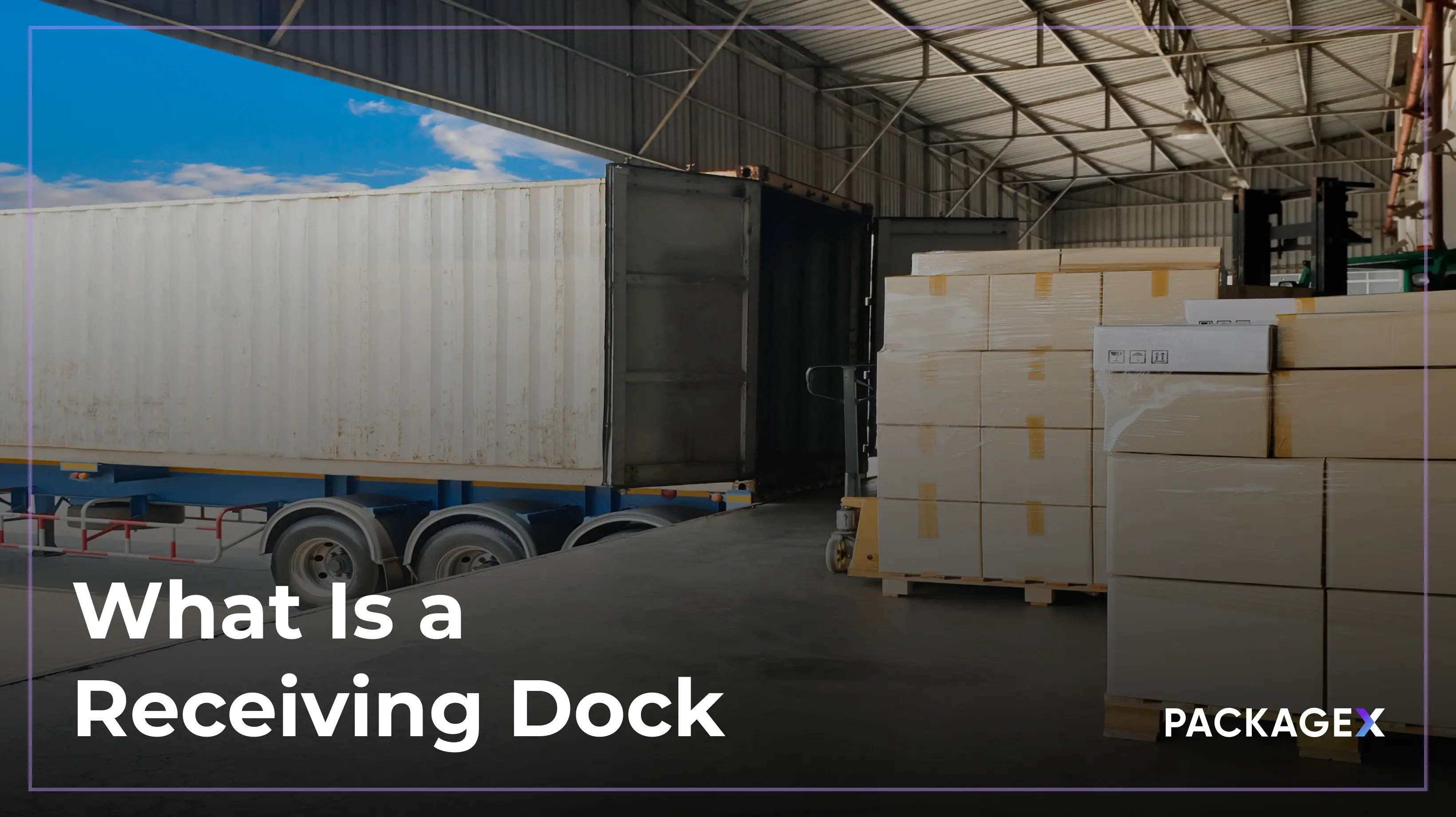Today’s fast-paced business world requires companies to streamline their supply chains. From storage and inventory management to efficient distribution powered by advanced technology, 3PL providers offer it all. The challenges brought on by events like the COVID-19 pandemic have highlighted the need for flexible and reliable logistics, with many businesses—especially in e-commerce—turning to 3PLs for support. 3PL warehousing is a game changer for supply chain efficiency. It provides everything from storage and inventory management to distribution, all backed by smart tech integration. And what’s the result? Lower costs and smoother operations for your business.
So, what exactly is 3PL warehouse management, and how can it benefit your business? In this blog, we’ll break down the essentials, covering everything from inventory handling to the tech driving modern 3PL logistics.
What Is a 3PL Warehouse?
3PL warehouses are managed by 3PL companies and handle storage, inventory management, and distribution for businesses. Rather than investing in their own logistics infrastructure, companies get a 3PL partner to streamline their supply chain operations. These warehouses enable businesses to efficiently manage varying product volumes and fulfill orders without needing to own delivery trucks or hire logistics staff.
3PL warehouse management involves outsourcing logistics tasks like receiving and storing inventory, picking and packing orders, and shipping. It requires specialized systems and skilled teams to ensure everything runs smoothly, from order processing to on-time delivery. By using 3PL services, businesses can focus on their core activities while leaving the complexities of warehousing and distribution to the experts.
Other 3PL Services
- Warehousing and Distribution: Storing, handling, and transporting goods.
- Order Fulfillment and Shipping: Picking, packing, delivering, and managing returns.
- Procurement: Sourcing and managing inventory.
- Transportation: Local and international shipments, including intermodal transport and cross-docking.
- Specialized Storage: Public, contract, and secured warehousing options.
- Technology Integration: Inventory tracking, ERP, WMS, TMS, and RFID systems for optimized logistics.
Exploring 3PL Warehousing Services
3PL warehousing includes a wide range of services that optimize supply chain efficiency, from real-time inventory management to order fulfillment and distribution. Advanced Warehouse Management Systems (WMS) enable seamless inventory tracking, reducing errors and holding costs. With scalability and flexibility, 3PL providers adapt well to fluctuating demands to ensure efficient operations during peak seasons or promotional campaigns.
In terms of storage, 3PLs offer options like pallet/racked storage for easy access, bulk storage for oversized items, and specialized solutions like temperature-controlled or food-grade storage for sensitive goods. Businesses can also choose from public, contract, or guaranteed storage based on their specific needs.
3PL fulfillment services, including eCommerce and B2B fulfillment, drop shipping, and omnichannel fulfillment, ensure accurate and timely deliveries. Value-added services in the 3PL warehouse are personalized packaging, kitting, and reverse logistics to enhance customer satisfaction and brand identity in a 3PL warehouse.
3PL warehousing and distribution services, such as cross-docking and freight consolidation, reduce transit times and costs, while 3PLs also assist with global logistics through freight forwarding, customs management, and compliance with international regulations. Transportation coordination and rate-shopping shipping help optimize shipping costs and ensure timely deliveries.
How Technology Empowers 3PL Warehousing
3PL warehouses face challenges like maintaining inventory accuracy due to high SKU volumes, ensuring fast order fulfillment during peak seasons, and optimizing warehouse layouts for efficiency. Technological innovations can resolve these issues, but integrating complex technology systems can create operational inefficiencies if they are not handled smoothly.
Let’s look at some modern 3PL warehouse solutions that have significantly transformed 3PL operations:
3PL Warehouse Management Systems (WMS)
WMS platforms are essential for real-time inventory management and process optimization.
You get fewer picking errors, smoothened order fulfillment, and complete visibility into warehouse operations.
Advanced WMS, powered by AI and predictive analytics, offers insights into supply chain inefficiencies, enabling businesses to act proactively and avoid disruptions.
3PL Warehouse Automation
AI and robotics minimized reliance on manual labor for warehouse operations by automating tasks. Robotic packing systems and collaborative robots (cobots) increase efficiency, cut labor costs, and promote a safer working environment. Automated technologies like AI scanning, RFID, and automated picking systems enhance accuracy and streamline operations. Early adopters of AI in 3PL warehousing have experienced up to a 65% improvement in service levels.
Enhanced Decision-Making
AI-driven solutions enable better decision-making by analyzing large volumes of data to identify trends, predict demand, and optimize inventory management.
Integration and Scalability
Using 3PL warehouse management software with other systems (e.g., order management and transportation management) improves overall efficiency. When selecting 3PL warehouse software, businesses should consider ease of integration, scalability, and user-friendliness to ensure future growth and alignment with business goals.
{{returns-webinar}}
How 3PL Warehousing Solutions Aid Supply Chain Management
Outsourcing fulfillment to a 3PL warehouse offers multiple advantages, both financial and operational. Here’s how you can benefit:
Cost Savings
3PLs help eliminate the need for investments in warehouse space, logistics operations, labor, and technology. 3PL costs adjust based on business volume, providing flexibility, whereas in-house logistics typically involve fixed costs. They also help reduce shrinkage, prevent mis-picks, and negotiate better shipping rates, lowering overall logistics expenses.
Scalability
3PL warehouses offer flexibility, allowing businesses to scale operations up or down based on demand. This is especially useful during peak seasons or slower periods when managing excess space and labor isn’t feasible.
Greater Focus on Core Competencies
By outsourcing logistics, businesses can redirect their resources toward growth strategies, product development, marketing, and customer engagement.
Expertise and Industry Knowledge
3PL providers possess specialized knowledge in logistics, best practices, and industry regulations. Baboon To The Moon, an adventure brand, benefited from partnering with Port Logistics Group (PLG) by gaining seamless integration with their e-commerce platform, improving order fulfillment efficiency, and accessing lower shipping rates. This collaboration enabled fast deliveries and superior customer service and supported their rapid sales growth while minimizing operational costs. Their expertise ensures efficient handling of supply chain challenges while staying up to date with the latest technologies.
Improved Customer Service
Timely and accurate order fulfillment results in higher customer satisfaction, boosting customer loyalty and repeat business.
Continuous Improvement
Your 3PL partner can provide useful information through data analytics and regular performance reviews to optimize operations and reduce costs over time.
How PackageX Optimizes 3PL Logistics
PackageX offers a suite of solutions that can effectively support the operations of 3PL warehouses. Our modern logistics platform is equipped with features that enhance various aspects of logistics management, making it adaptable for different industries:
- AI Scanning Technology: Digitizes data and automates workflows, streamlining operations.
- Inventory Management: Provides tracking capabilities to maintain accurate stock levels.
- Fulfillment and Shipping Solutions: Supports efficient order processing and distribution.
- Integration Capabilities: Seamlessly connects with existing systems, including Warehouse Management Systems (WMS), which is an extremely important factor to consider when looking for 3PL software.
- Mobile Applications: Offers tools for receiving, inventory management, and fulfillment on the go.
FAQs
What is a 3PL warehouse management system?
A 3PL Warehouse Management System (WMS) is software specifically tailored for managing third-party logistics operations. These systems are designed to effectively handle the complexities of operations involving multiple inventory owners. 3PL warehouse software also allows for customization in areas such as billing, reporting, and labeling to meet the unique needs of each customer. This adaptability enhances operational efficiency and ensures that businesses can provide tailored services to their clients.
What is the difference between 3PL and 4PL warehouses?
A Third-Party Logistics (3PL) provider primarily focuses on order fulfillment, which includes warehousing, picking and packing orders, and shipping packages to customers. In contrast, a Fourth-Party Logistics (4PL) provider goes a step further by overseeing the entire supply chain. This includes not only fulfillment and transportation but also technology integration and management, allowing for a more comprehensive approach to 3PL logistics solutions. By managing all aspects of the supply chain, 4PL providers enable businesses to streamline operations and improve efficiency across the board.


.webp)

